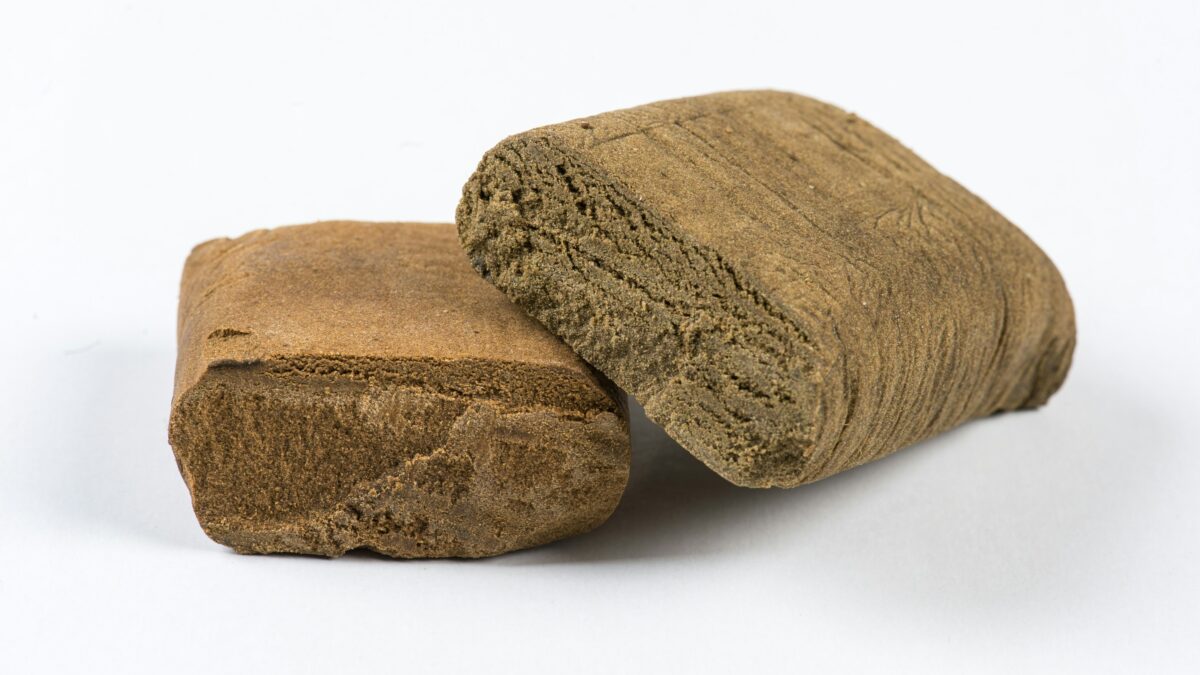Kief vs. Hash

Sustainable Travel in Amsterdam
05/06/2024
The Cultural Heartbeat of Amsterdam: The Significance of Coffeeshops
05/14/2024Kief vs. Hash

Kief and hash are both cannabis concentrates prized for their potency and unique characteristics, yet they differ in their composition and production methods.
Kief refers to the fine, powdery substance made up of the resinous trichomes found on cannabis flowers. Trichomes contain cannabinoids like THC and CBD, as well as terpenes, responsible for the plant’s aroma and flavor. Kief is collected by sifting or grinding dried cannabis buds, allowing the trichomes to separate and accumulate.
Hash, on the other hand, is a concentrated form of cannabis made by compressing and heating kief or resin to form a solid block or paste-like substance. Traditional methods involve using pressure and heat to create hashish from kief, resulting in a more potent product than kief alone.
In terms of potency, hash tends to be stronger than kief due to its more concentrated nature. The compression process involved in making hash can increase the cannabinoid content, making it a favorite among cannabis enthusiasts seeking a more potent experience.
Both kief and hash offer versatile consumption methods. Kief can be sprinkled onto cannabis flower or used in edibles to enhance potency and flavor. Hash, on the other hand, can be smoked, vaporized, or ingested, providing a more potent and immediate effect compared to traditional cannabis flower.
However, the production and quality of kief and hash can vary significantly. High-quality kief and hash depend on the quality of the starting material (cannabis buds), the extraction methods used, and the expertise of the producer.
Ultimately, the choice between kief and hash often comes down to personal preference and desired potency. Kief offers a versatile and easy-to-use concentrate, while hash provides a more concentrated and potent experience, both contributing to the diverse landscape of cannabis consumption.



